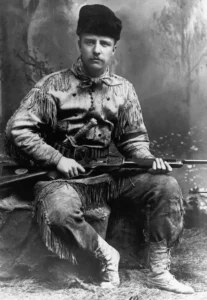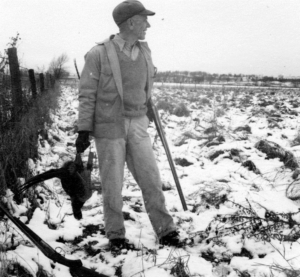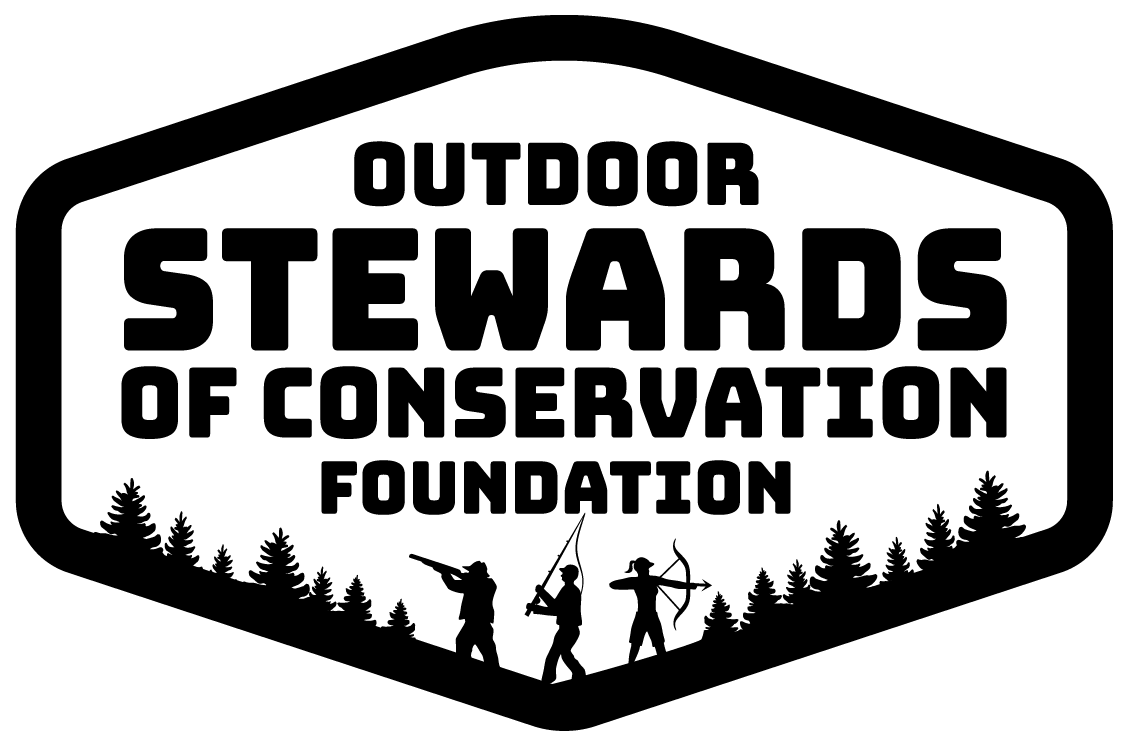How is land, fish and wildlife conservation managed and funded?
A brief history of wildlife conservation in America…
“Fathers of Conservation”

Theodore “Teddy” Roosevelt Jr.(1858 – 1919), was an American politician,soldier, statesman, conservationist, naturalist, and writer who served
as the 26th president of the United States from 1901 to 1909. Roosevelt prioritized conservation and established national parks, forests, and monuments to preserve the nation’s natural resources. Teddy knew that land was finite and that examples of plunder were plentiful so he put a heavy focus on conservation of natural resources and extending federal protection to land and wildlife. Roosevelt worked closely with Interior Secretary James Rudolph Garfield and Chief of the United States Forest Service Gifford Pinchot to enact a series of conservation programs.
Roosevelt established the United States Forest Service, signed into law the creation of five National Parks, and signed the 1906 Antiquities Act, under which he proclaimed 18 new U.S. National Monuments. He also established the first 51 bird reserves, four game preserves, and 150 National Forests. The area of the United States that he placed under public protection totals approximately 230 million acres.
Roosevelt extensively used executive orders on a number of occasions to protect forest and wildlife lands during his tenure as president. By the end of his second term in office, Roosevelt used executive orders to establish 150 million acres of reserved forestry land. In total, Roosevelt used executive orders to establish 121 forest reserves in 31 states. (Wikipedia)

Aldo Leopold (1887 – 1948) was an American writer, hunter, naturalist, scientist, ecologist, forester, conservationist, and environmentalist. He was a professor at the University of Wisconsin and is best known for his book A Sand County Almanac.
Leopold was influential in the development of modern environmental ethics and in the movement for wilderness conservation. His ethics of nature and wildlife conservation had a profound impact on the environmental movement, with his holistic ethics regarding land. He emphasized biodiversi

